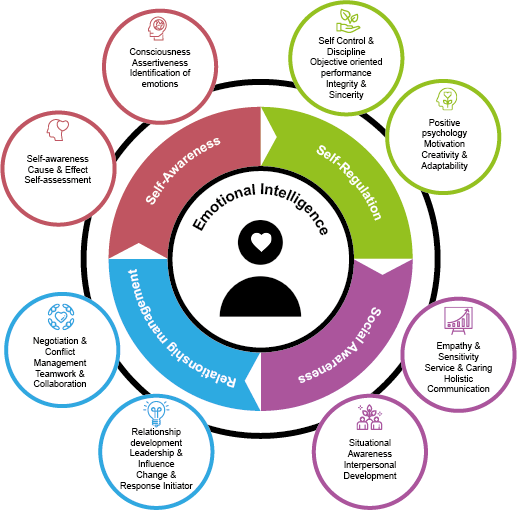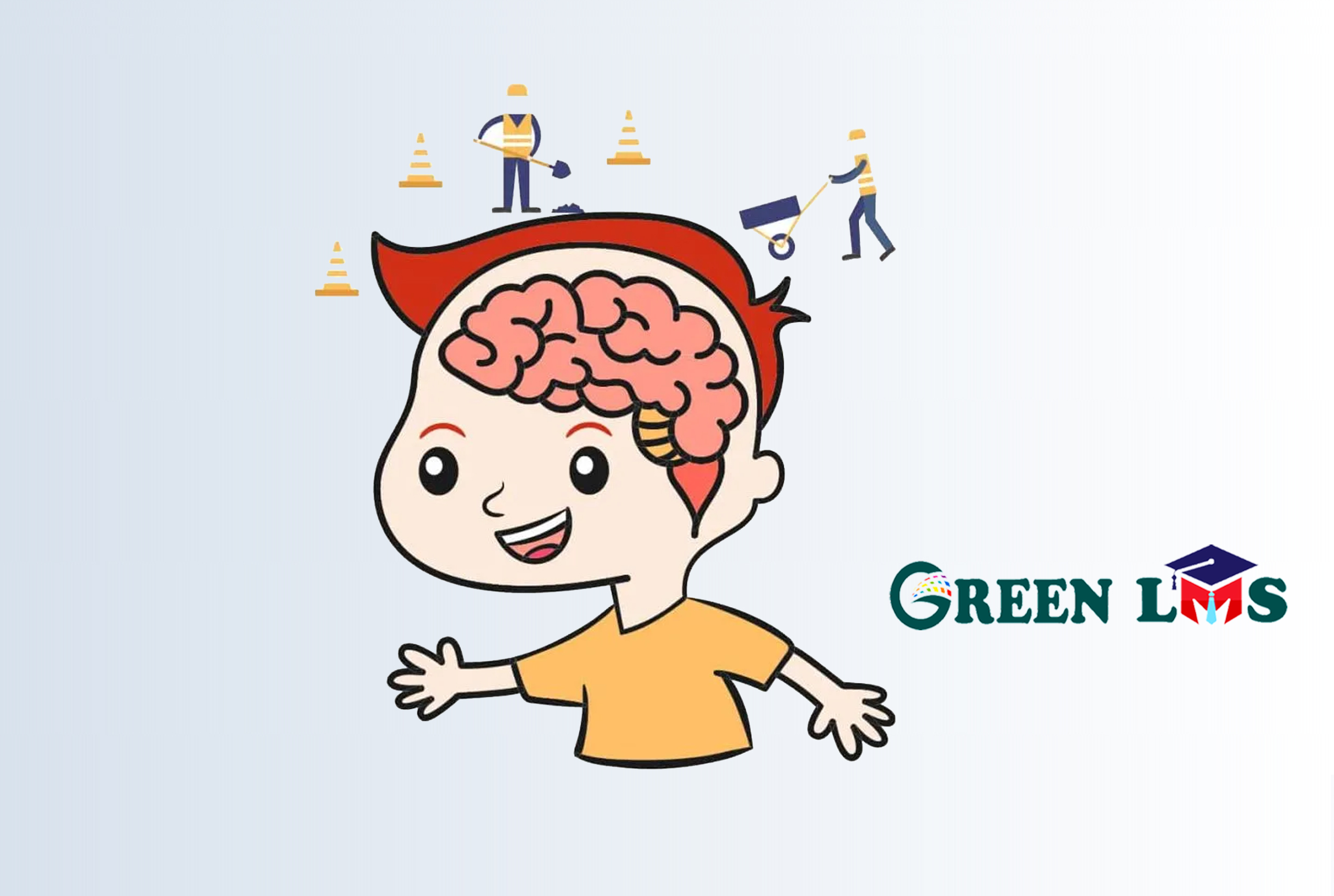Introduction
Emotional intelligence (EI) is a critical aspect of personal development that enables individuals to recognize, manage, and communicate their emotions effectively. In recent years, the importance of EI has become increasingly apparent in educational settings, as it contributes to improved social interaction, mental health, and academic success. This comprehensive guide aims to provide schools with the necessary resources to nurture emotional intelligence within their communities.
I. Understanding Emotional Intelligence
The Concept of Emotional Intelligence
- Definition
- The Five Components of Emotional Intelligence (Self-awareness, Self-regulation, Motivation, Empathy, and Social Skills)
- The Role of Emotional Intelligence in Personal and Academic Success
- The Importance of Emotional Intelligence in Schools
- Mental Health and Well-being
- Academic Achievement and Engagement
- Social Interaction and Relationship-building
- Conflict Resolution and Bullying Prevention
II. Developing Emotional Intelligence Programs in Schools
- Identifying Goals and Objectives
- Fostering a Positive School Climate
- Encouraging Personal Growth and Emotional Well-being
- Strengthening Social Connections
- Reducing Behavioral Problems
- Integrating Emotional Intelligence into the Curriculum
Age-appropriate Lessons and Activities
- Embedding EI Concepts in Existing Subjects
- Collaborative Learning and Peer Feedback
- Training and Supporting School Staff
- Professional Development Opportunities
- Incorporating EI Principles in Teaching Practices
- Creating a Supportive Environment for Educators
III. Emotional Intelligence Resources and Tools
Books and Publications
- “Emotional Intelligence” by Daniel Goleman
- “Emotionally Intelligent Parenting” by Maurice J. Elias, Steven E. Tobias, and Brian S. Friedlander
- “Social Emotional Learning in the Classroom” by Kenneth W. Merrell
Online Resources
- Collaborative for Academic, Social, and Emotional Learning (CASEL)
- Edutopia’s Social and Emotional Learning Resources
- Greater Good Science Center’s Emotional Intelligence Toolkit
Programs and Curricula
- PATHS (Promoting Alternative Thinking Strategies)
- RULER (Recognizing, Understanding, Labeling, Expressing, and Regulating Emotions)
- MindUP
IV. Measuring Success and Continuous Improvement

Assessing Emotional Intelligence Growth
- Self-assessment Tools and Surveys
- Teacher and Peer Evaluations
- Observations of Behavioral Changes
- Evaluating Program Effectiveness
Comparing Pre- and Post-implementation Data
- Identifying Areas for Improvement
- Gathering Feedback from Students, Staff, and Parents
- Adjusting and Enhancing Emotional Intelligence Programs
Incorporating Feedback and Lessons Learned
- Expanding on Successful Strategies
- Continuously Updating Resources and Training
Conclusion
As the world becomes increasingly complex and interconnected, emotional intelligence has emerged as a vital skill for personal and academic success. By providing students and staff with the necessary resources, tools, and support to develop their emotional intelligence, schools can create a more inclusive, compassionate, and effective learning environment that empowers individuals to thrive. Join the revolution towards inclusive, and accessible, including LMS for Universities, LMS for Schools, LMS for Corporate organizations. and effective LMS for education for all.


